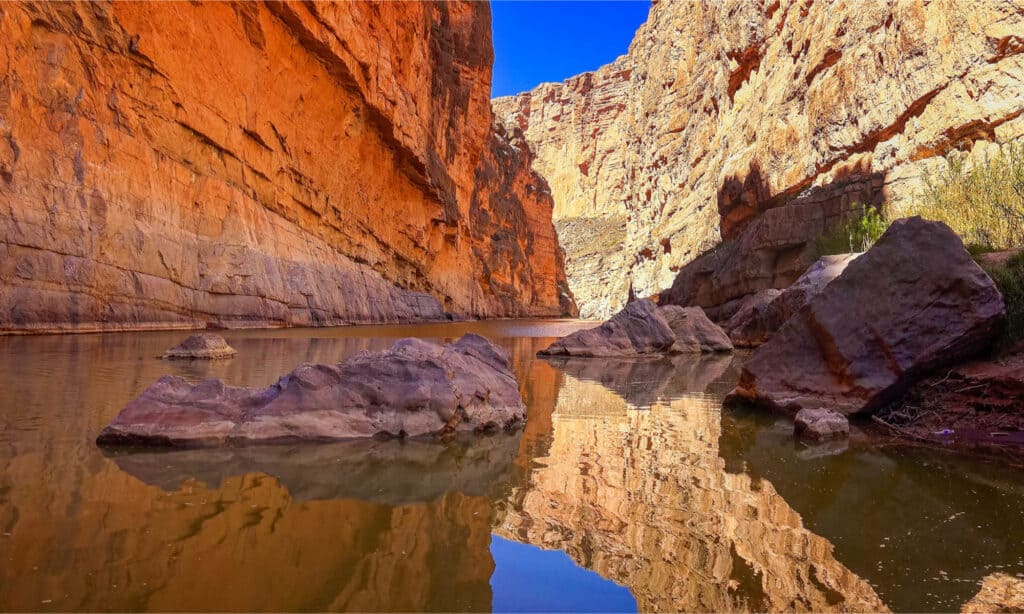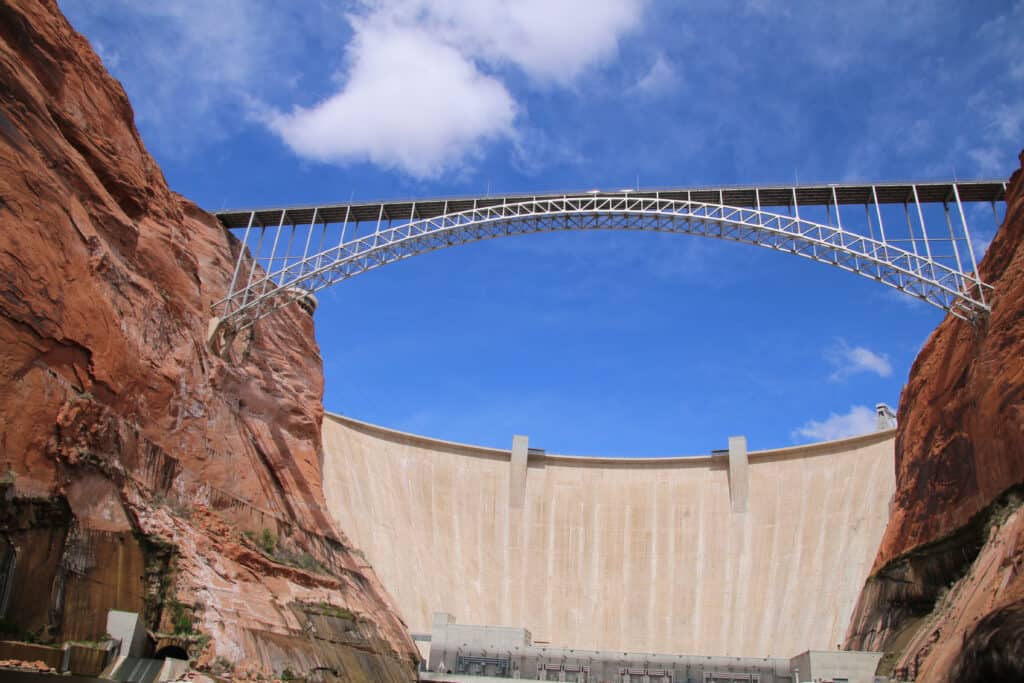Mexico and the United States have a border almost 2,000 miles long. Since water makes up around two-thirds of this border, international water rights are of concern. We’ll explain the Mexican Water Treaty of 1944 and how it relates to international water rights.
Most of the Colorado River is in the United States. It crosses the border and fans into the Colorado River Delta at the Gulf of California in Mexico. Ninety-five percent of the Colorado River basin is within America.
The Rio Grande creates a long boundary between Texas and Mexico. How both countries should utilize the water is a hot topic. The Mexican Water Treaty of 1944 is a keystone agreement that redefined previous water agreements and provided a framework for other decisions.
It’s essential to understand how the US has handled international water rights as it forms a basis for the development of other water systems around the world. Arid parts of the world, like countries in the Middle East and the Asian Subcontinent, look to America’s treaty and waterway management when making infrastructure decisions.
What is the Mexican Water Treaty of 1944? Why is it important? We’ll explain in detail below.
Why is the Mexican Water Treaty of 1944 Important?

Rio Grande river flows through Santa Elena Canyon in Big Bend National Park.
©CrackerClips Stock Media/Shutterstock.com
The Mexican Water Treaty of 1944 was important because it guaranteed an annual amount of water from the Colorado River and the Rio Grande to Mexico. Since the treaty’s implementation, if no one objects to proposed actions within 30 days, they go into effect. It also put into place a water commission that interpreters and executes methods on water issues that the government must approve for both countries.
The treaty both recognized decisions regarding Rio Grande water rights from 1906 while addressing the remaining portions of that river that had no governing laws. The Water Treaty also allowed for the construction of some dams, channels, flood control measures, and power stations in the two affected watersheds.
This treaty came with stipulations guaranteeing more or less water depending on various situations. For example, if Lake Mead had a surplus of water, Mexico may receive more water than agreed. In moments of exceptional drought, Mexico may receive less water or deliver less water to the United States.
This water treaty also established that the United States is entitled to one-third of the water that eventually flows through the Salado, Conchos, San Diego, San Rodrigo, and Escondido Rivers in the Rio Grande Basin. It also dictates how much water is shared from the Mexican Tributaries.
While the treaty focused heavily on water management, it failed to address water quality or local ecology.
The Mexican Water Treaty of 1944 and a Water Use Hierarchy
The Mexican Water Treaty of 1944 established an order of importance for water use. Critics point out that there was no prioritization of ecological concerns. For example, certain seasonal water levels need to be maintained in some parts of the affected river systems to support specialized or migratory life.
The following is the Mexican Water Treaty’s defined water use hierarchy:
- Municipal and Domestic Use.
- Stock Raising and Agriculture.
- Electrical Power.
- Miscellaneous Industrial Use.
- Navigation.
- Hunting and Fishing.
- Other Uses Determined Necessary by the IBWC.
The History of the Mexican Water Treaty of 1944
These dates are important to the development of the Mexican Water Treaty of 1944:
- 1848: The Treaty of Guadalupe Hidalgo ended the Mexican American War. It established some of the official borders between Mexico and the US.
- March 1, 1889: The International Boundary Commission was created.
- 1906: The 1906 Convention was held to establish some of the water rights on the Rio Grande.
- April 1945: The US Senate consented to the Mexican Water Treaty.
- November 1945: President Truman ratified the Mexican Water Treaty.
What is the International Boundary and Water Commission (IBWC)?

The Glen Canyon dam where Lake Powell ends. The bridge across Glen Canyon cuts the blue sky, and red rocks frame the image.
©alanabensonart/Shutterstock.com
The overarching agency trusted to implement international water relations between the United States and Mexico is the International Boundary and Water Commission (IBWC). The International Boundary and Water Commission resulted from the Mexican Water Treaty of 1944.
It’s responsible for interpreting the laws and regulations governing water shared between the US and Mexico. It’s empowered to make decisions about dams and hydroelectric needs. It troubleshoots how to execute best any water distribution matters that occur.
The IBWC presents its findings and recommendations, which it calls “minutes,” to both countries for approval. If no one objects within 30 days, it is enacted.
This model of water commission was created in 1889. The Mexican Water Treaty officially changed in 1944, when it also became responsible for monitoring the amount of water exchanged between Mexico and the United States.
The IBWC still exists today and continues to resolve disputes about water rights between Mexico and the United States. It has headquarters in El Paso, TX, and Ciudad Juarez, Chihuahua, MX.
Are There Laws Governing Aquifers on the Border Between Mexico and the United States?
Currently, negotiations between the United States and Mexico regarding groundwater resources are occurring. The Transboundary Aquifer Assessment Program emerged to facilitate collaboration between the two countries.
Around 20 aquifers are traversing the border, and they are critical when things are abnormally dry. These aquifers provide locals with most of their drinking water.
Complicated problems with proper water distribution exist. For example, usually, the Hueco Bolson Aquifer refills as rain falls. However, overpumping has drained the aquifer well beyond normal levels.
As a consequence, the Rio Grande River became the source of water for the aquifer. As the river filled the aquifer, the amount of water being delivered by the river is reduced. This affects everyone downstream.
New rules like those in the Transboundary Aquifer Assessment Act are beginning to address these problems. Unfortunately, as it stands today, there is no obvious solution. There is an urgency to solve these problems since water resources in western North America are quickly disappearing.
Up Next
- Where Does the Rio Grande River Start?
- Where Does The Colorado River Start and End?
- How Deep is the Missouri River?
The photo featured at the top of this post is © iStock.com/Sean Pavone
Thank you for reading! Have some feedback for us? Contact the AZ Animals editorial team.






